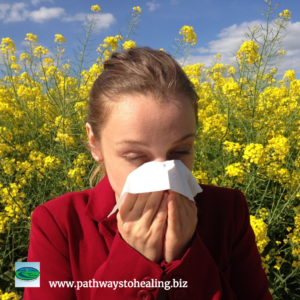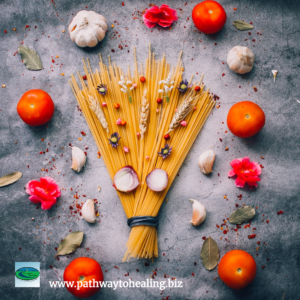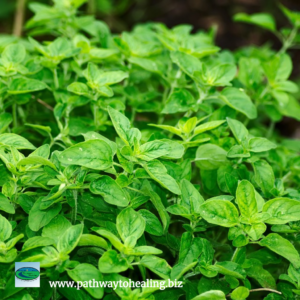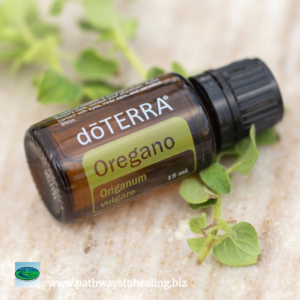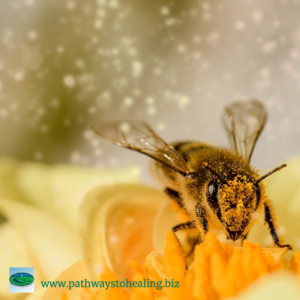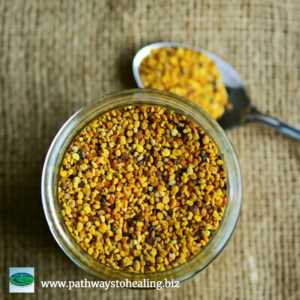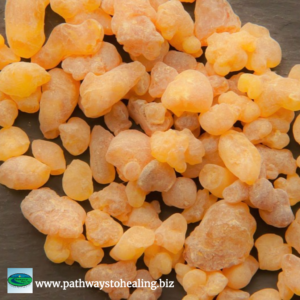By Dr. Jay Rosen
My wife loves being outdoors — the blue sky, warm sun and fresh air – sometimes I think she would have us live in a tent in the middle of the forest if she could! As it turns out, she’s on to something. Spending time outdoors has been shown to have tremendous health benefits and a positive impact on our overall wellbeing.
 Statistics show the average American spends 90% of time indoors. That’s a problem because our bodies are built to move constantly and breathe fresh air. Although the modern style architectures we enjoy today have changed the way we live, they have not changed the way our bodies work. Our ancestors were nature dwellers, hunters, and gatherers who went inside shelters only for sleep and self-defense. The entire human body is dependent on fresh air, adequate sunlight, changing seasons, and all the vitamins that are absorbed through those natural gifts.
Statistics show the average American spends 90% of time indoors. That’s a problem because our bodies are built to move constantly and breathe fresh air. Although the modern style architectures we enjoy today have changed the way we live, they have not changed the way our bodies work. Our ancestors were nature dwellers, hunters, and gatherers who went inside shelters only for sleep and self-defense. The entire human body is dependent on fresh air, adequate sunlight, changing seasons, and all the vitamins that are absorbed through those natural gifts.
Research suggests just 120 minutes of sun exposure per week is associated with good health and wellbeing. Inhaling clean, fresh air provides better oxygenation to your tissues and decreases the toxic load on your liver and other organs, while also increasing Vitamin D and serotonin levels. In fact, some studies have shown, those who spend a large amount of time indoors, may be at a higher risk for dementia and Alzheimer’s.
The great outdoors is calling! Here are six simple steps you can take to get outside and improve your health:
Here Comes the Sun
Spend at least one hour in the sun daily — preferably between the hours of 10 a.m. to 3 p.m. – and ensure your arms and legs are exposed. Sitting in the sun for roughly 10 minutes without sunscreen allows your body to produce about 10,000 units of Vitamin D, which is critical for a well-functioning immune system. If you work during the day, try to spend your lunch hour outside, take small breaks outdoors or make time to exercise outside.
Breathe Deeply
Research shows breathing deeply 3 to 4 times a day, preferably outside, immediately improves body system function, lowers stress, lowers blood pressure, and improves cardiac and immune system function. It may even help reduce some symptoms associated with Post Traumatic Stress Disorder. When breathing, inhale slowly and deeply for 4 to 5 seconds. Then exhale slowly and deeply for 6 to 8 seconds. You can practice this all day long – any time you are outside – for 3 to 4 minutes at a time.
Supplement Correctly
Most North Americans are deficient in Vitamin D and other essential minerals. Getting tested to see what your body is lacking and taking the right supplemental nutrition on a regular basis will ensure physical health, good sleep, and high energy levels.
Eat Clean
Consume more organic foods and supplements. Transition slowly and avoid foods that have a history of being higher in pesticides and other environmental pollution.
Go Barefoot
Feel the grass beneath your feet, hike without shoes, go for a walk on the beach! “Grounding,” also called “earthing,” has been shown to improve both our nervous system and our posture! Take care of that spine, nervous system and immune system by walking barefoot on the grass or dirt for 10 minutes a day.
Get Checked
Just because the body feels fine, does not mean it is fine. Routine checkups with preventive practitioners, such as chiropractors and naturopaths, are crucial for an optimally functioning body and can help prevent physical and mental weaknesses.


